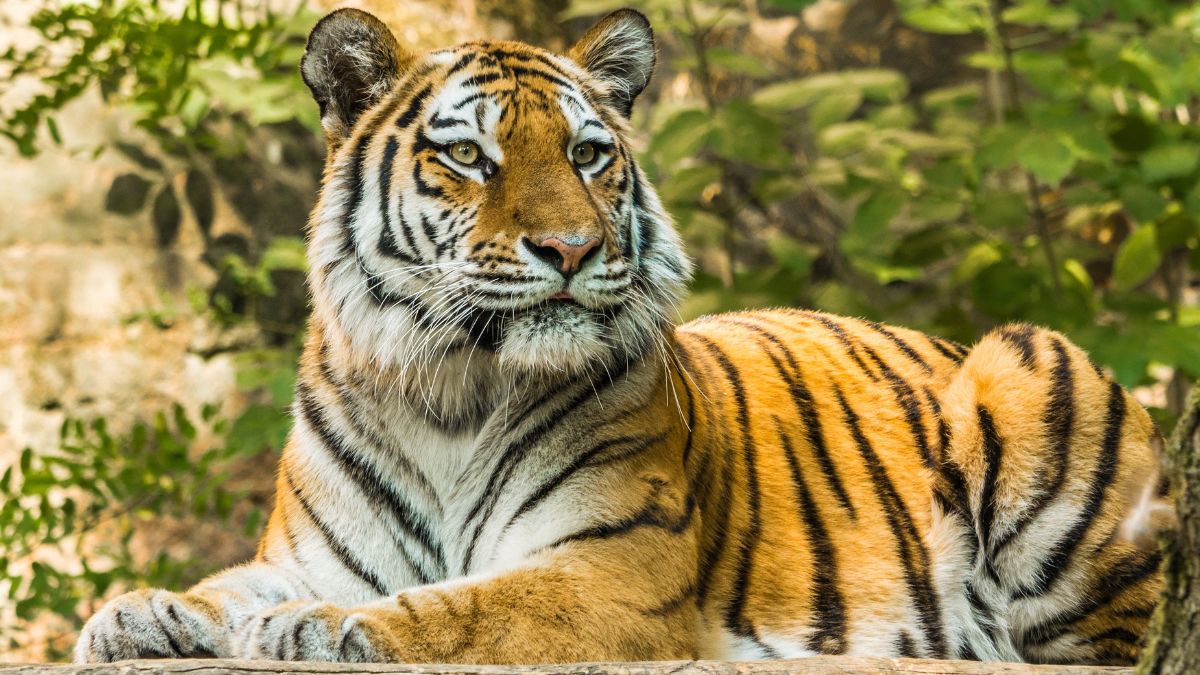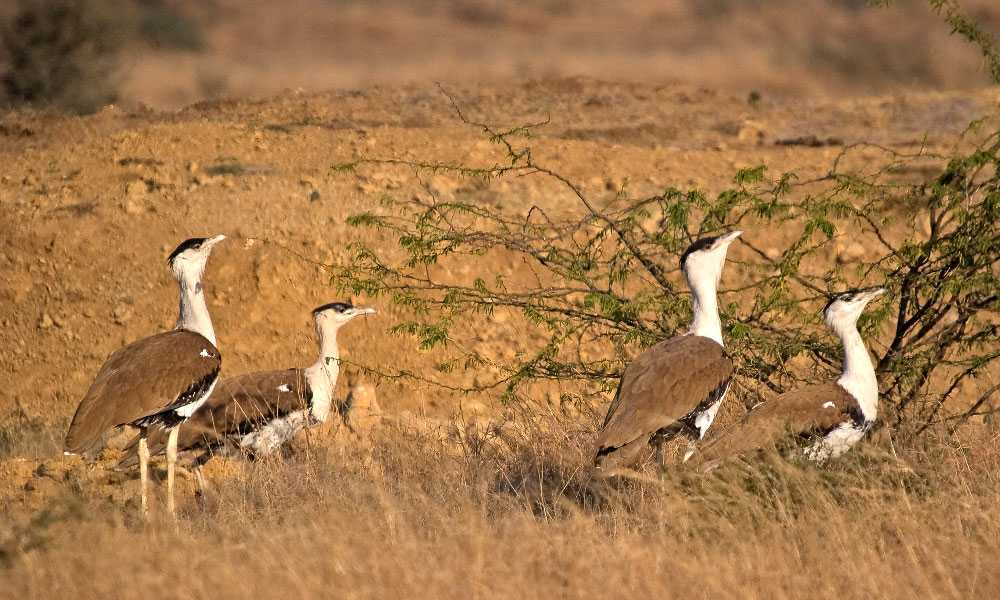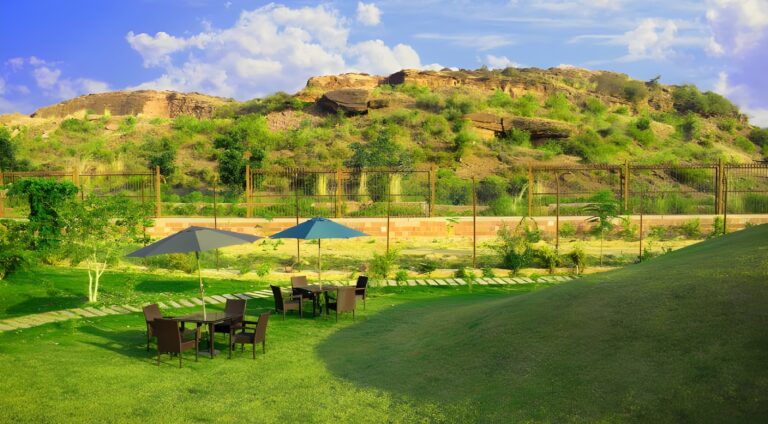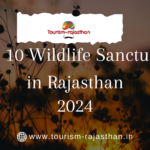Nestled in the heart of India, the state of Rajasthan is renowned for its vibrant culture, majestic palaces, and arid landscapes. Beyond the deserts and historical wonders, Rajasthan is also a haven for wildlife enthusiasts, boasting a diverse array of flora and fauna within its Wildlife Sanctuaries and National Parks. In this blog, we will embark on a virtual safari to explore some of the most captivating natural habitats that make Rajasthan a unique destination for wildlife lovers.
Preserving Nature’s Bounty
Rajasthan’s commitment to preserving its natural heritage is evident in its diverse array of eco-friendly initiatives. From the sprawling wilderness of Ranthambore National Park to the serene wetlands of Keoladeo National Park, every corner of Rajasthan teems with biodiversity waiting to be discovered. These protected areas not only serve as havens for endangered species such as tigers, leopards, and migratory birds but also as showcases of Rajasthan’s dedication to conservation.
1. Ranthambhore National Park: Roar of the Tigers



One of the most famous tiger reserves in India, Ranthambhore National Park is a gem situated in the Sawai Madhopur district of Rajasthan. Spread over 1,334 square kilometers, this park is not only known for its thriving tiger population but also for its picturesque landscapes, ancient ruins, and historic Ranthambhore Fort. The park is a haven for wildlife photographers and nature enthusiasts, offering glimpses of various species, including leopards, sloth bears, and a variety of bird species.
Eco Stay: Aman-I-Khas Resort & The Oberoi Vanyavilas
2. Sariska Tiger Reserve: A Royal Retreat for Wildlife



Located in the Alwar district, Sariska Tiger Reserve is a captivating blend of history and biodiversity. Home to the majestic Bengal tiger, the reserve also features historical landmarks such as the Sariska Palace and the Neelkanth temples. Visitors can explore the dense forests, grasslands, and rocky terrains, encountering a plethora of wildlife, including sambar deer, nilgai, and various species of birds. The reserve is a testament to the harmonious coexistence of wildlife and historical heritage.
Eco Stay: Alwar Bagh & Ram Bihari Palace
3. Keoladeo National Park: A Birder’s Paradise



Formerly known as Bharatpur Bird Sanctuary, Keoladeo National Park is a UNESCO World Heritage Site that beckons birdwatchers and nature enthusiasts. Located in Bharatpur, this park is a vital wintering ground for migratory birds, including Siberian cranes, pelicans, and various species of waterfowl. The park’s marshy wetlands and dense vegetation make it a haven for birdlife, and the opportunity to witness the avian spectacle is truly a magical experience.
Eco Stay: Bandh Baretha Eco Resort & Royal Farm Bharatpur
4. Discover Bandh Baretha Wildlife Sanctuary



Situated in the heart of Rajasthan’s Bharatpur district, the Bandh Baretha Wildlife Sanctuary sprawls across 199.5 sq km, offering an enchanting tapestry of landscapes and rich biodiversity. Boasting over 200 bird species, including the majestic Sarus Cranes and elusive Black Bittern, it emerges as a haven for avid birdwatchers. Additionally, the sanctuary hosts a diverse array of mammals such as sambar deer and nilgai, adding to its allure. The Kakund River, alongside other water bodies, nurtures a thriving ecosystem, attracting migratory birds during the winter months. Embark on a journey to immerse yourself in the sanctuary’s tranquility and natural splendor, while contributing to its conservation efforts for generations to come.
Eco Stay: Bandh Baretha Eco Resort
5. Mount Abu Wildlife Sanctuary: Oasis in the Arid Landscape



Perched on the only hill station in Rajasthan, Mount Abu Wildlife Sanctuary offers a refreshing contrast to the arid surroundings. Home to a variety of flora and fauna, including the Indian leopard, sloth bear, and various species of deer, the sanctuary provides a cool retreat for wildlife enthusiasts. The Nakki Lake and the Dilwara Temples nearby add to the overall charm of this sanctuary.
Eco Stay: Forest Eco Lodge (Homestay) & Casawood Resort
6. Desert National Park: Where the Desert Comes Alive



Situated near Jaisalmer, the Desert National Park showcases the unique ecosystem of the Thar Desert. This park is home to various species adapted to the harsh desert conditions, including the elusive Great Indian Bustard. The landscape, marked by shifting sand dunes and rocky formations, provides a surreal backdrop for exploring the flora and fauna specially adapted to the arid environment.
Eco Stay: Desert Drop Resort & Bhavya Resort
7. Mukundara Hills National Park: A Hidden Gem



Nestled in the southeastern region of Rajasthan, Mukundara Hills National Park is a relatively lesser-known treasure. Established to protect the critically endangered Bengal tiger, this park is characterized by the scenic Mukundara hills and the serene Kota Barrage. With a rich biodiversity, including species like Indian leopards, sloth bears, and a variety of deer, the park offers a tranquil escape for nature lovers seeking a quieter wildlife experience.



